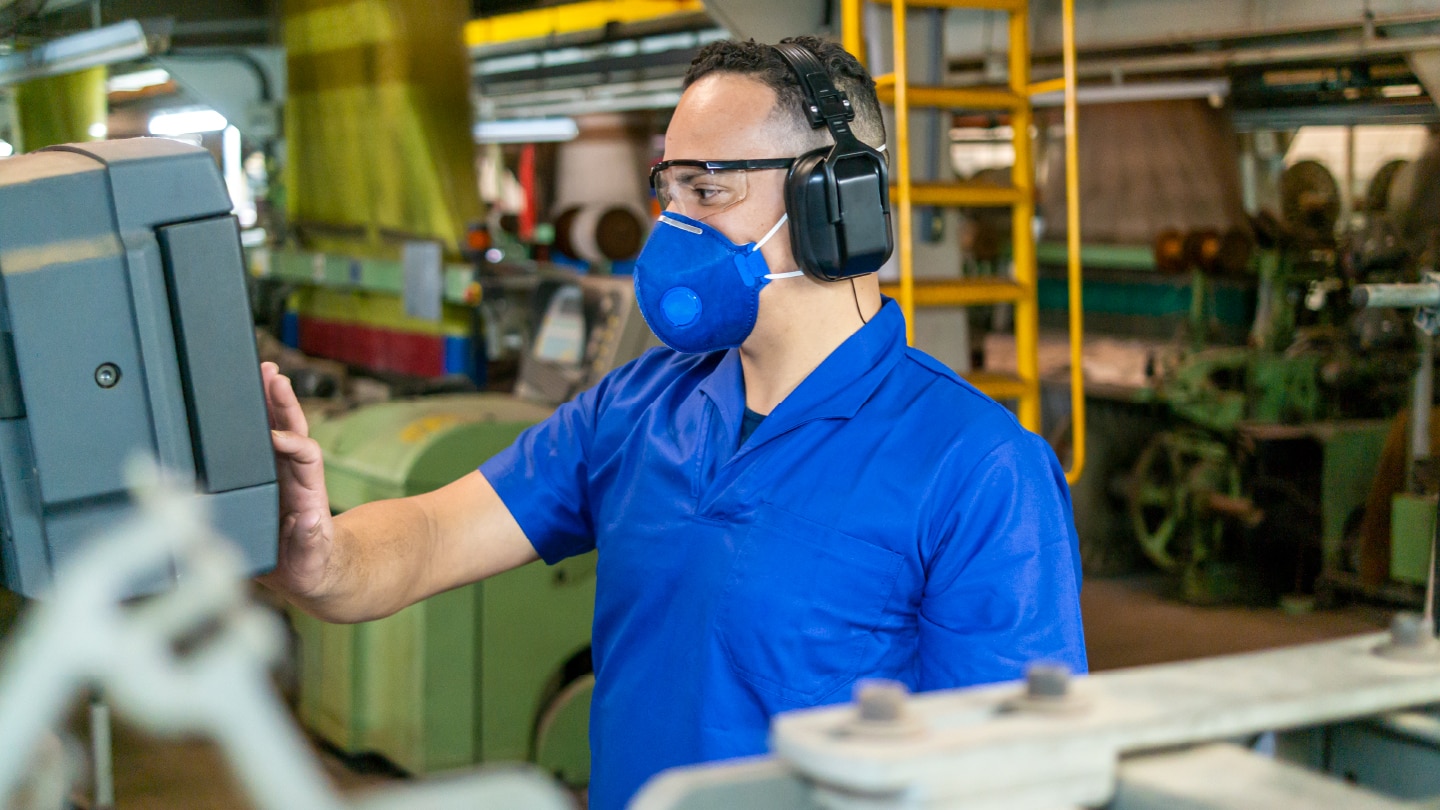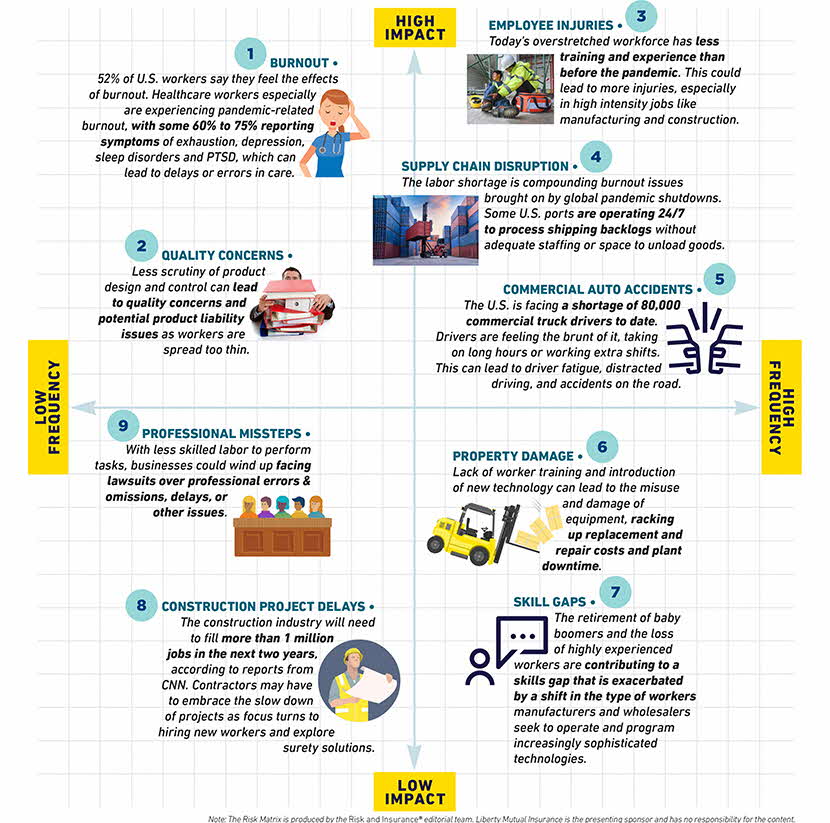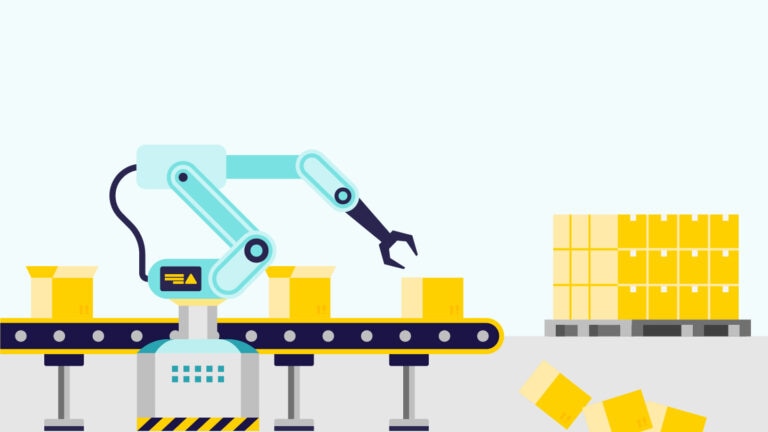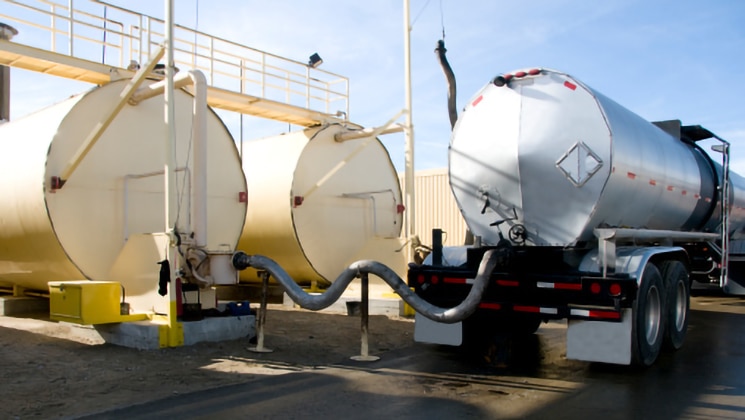
A historic labor shortage caused by long-term factors and pandemic disruption is affecting all industries. Here are key risks to watch to help your company get through it.
The Risk Matrix, produced by the editorial team at Risk & Insurance®, plots critical risks facing the construction sector based on the frequency and severity of each risk.
Burnout
The term “the great resignation” applies to many industries, few, if any, are impacted as much as health care. Departures are leaving those still in the business with longer shifts and more responsibility. Compounded by the pandemic, employee burnout rates in the health care sector are at an all-time high, with as many as 75% of clinicians reporting symptoms of exhaustion, depression, sleep disorders, and post-traumatic stress disorder. Employers should read up on the signs of burnout in order to help employees through this workforce transition.
Employee injuries
With fewer seasoned workers returning to the job post-COVID across industries, there is a loss of knowledge transfer happening across the board. For high-intensity jobs like manufacturing and construction, losing that knowledge can result in dire consequences, including higher rates of employee injury. Our workforce and working environment may be different from what it once was — but a commitment to health, safety and training should remain a key area of focus as companies begin returning to “business as usual.”
Supply chain disruption
The supply chain became an unexpected hot button issue in 2021, and having fewer workers to help has only added to this disruption. In fact, some U.S. ports are operating 24/7 to process shipping backlogs without adequate staffing or space to unload goods. Keeping workers safe is one area employers must be mindful of, including mental health and overall wellness. Supply chain issues can also present production delays and other business challenges.
Quality concerns
Less scrutiny of product design and control can lead to quality concerns and potential product liability issues as workers are spread too thin. This can open a business up to legal action by consumers and other business stakeholders who could be wronged, injured or worse by faulty products. To put this risk into perspective, the median product liability lawsuit settlement was nearly $1.5 million in 2017.
Commercial auto accidents
Trucking has always been flagged for its dangers: a consistent on-the-road presence, long shifts, distracted and tired driving. Labor force disruptions during the pandemic have only heightened these risks. An estimated 80,000 drivers will be needed to fill the gap. And in the meantime, operators will need to review safety protocols to avoid accident and injury. One of the best tools a commercial auto fleet can invest in is a distracted driver policy; distracted driving costs employers $75,176 per non-fatal accident and as much as $72.2 billion per year.
Professional missteps
Overstrained teams can generate to more and more mistakes. Even minor mishaps can have large consequences, including lawsuits over professional errors & omissions, delays, and other issues. Reviewing professional liability coverage can go a long way in protecting a business from such suits, but it’s important to note that court proceedings have changed since the onset of the pandemic.
Property damage
Having fewer workers means there’s less capacity for skilled employees to train new recruits. That can lead to several big issues, including misuse of company equipment. Different equipment types require their own checklist to get up and running, especially for businesses to maintain a safe workspace. Replacing damaged or broken property can be expensive, especially in a post-COVID world where material shortages are more common.
Construction project delays
According to reports from CNN and other news outlets, the construction industry will need to fill more than 1 million job spots following the pandemic; some workers who were furloughed have not returned to their jobs and younger workers have been wooed away to other industries. With more construction workers retiring early because of the pandemic and fewer young apprentices choosing the trades, contractors are likely to face project delays as they fill in their ranks — not to mention investing the time to train new recruits. Surety solutions can help mitigate some of these risks.
Skill gaps
According to data from the National Council on Compensation Insurance, the annual retirement rate jumped from 2.6 percent to 3.3 percent during the pandemic, causing a gap in the transfer of knowledge from an older workforce to the younger generation. This is only exacerbated by a shift in the type of workers, manufacturers and wholesalers now seek to operate and program increasingly sophisticated technologies. Apprenticeships are one opportunity to start closing the gap and attracting more workers.
Featured insights
This website is general in nature, and is provided as a courtesy to you. Information is accurate to the best of Liberty Mutual’s knowledge, but companies and individuals should not rely on it to prevent and mitigate all risks as an explanation of coverage or benefits under an insurance policy. Consult your professional advisor regarding your particular facts and circumstance. By citing external authorities or linking to other websites, Liberty Mutual is not endorsing them.
The Risk Matrix is featured with the permission of Risk & Insurance®. The Risk Matrix is produced by the Risk & Insurance editorial team.




